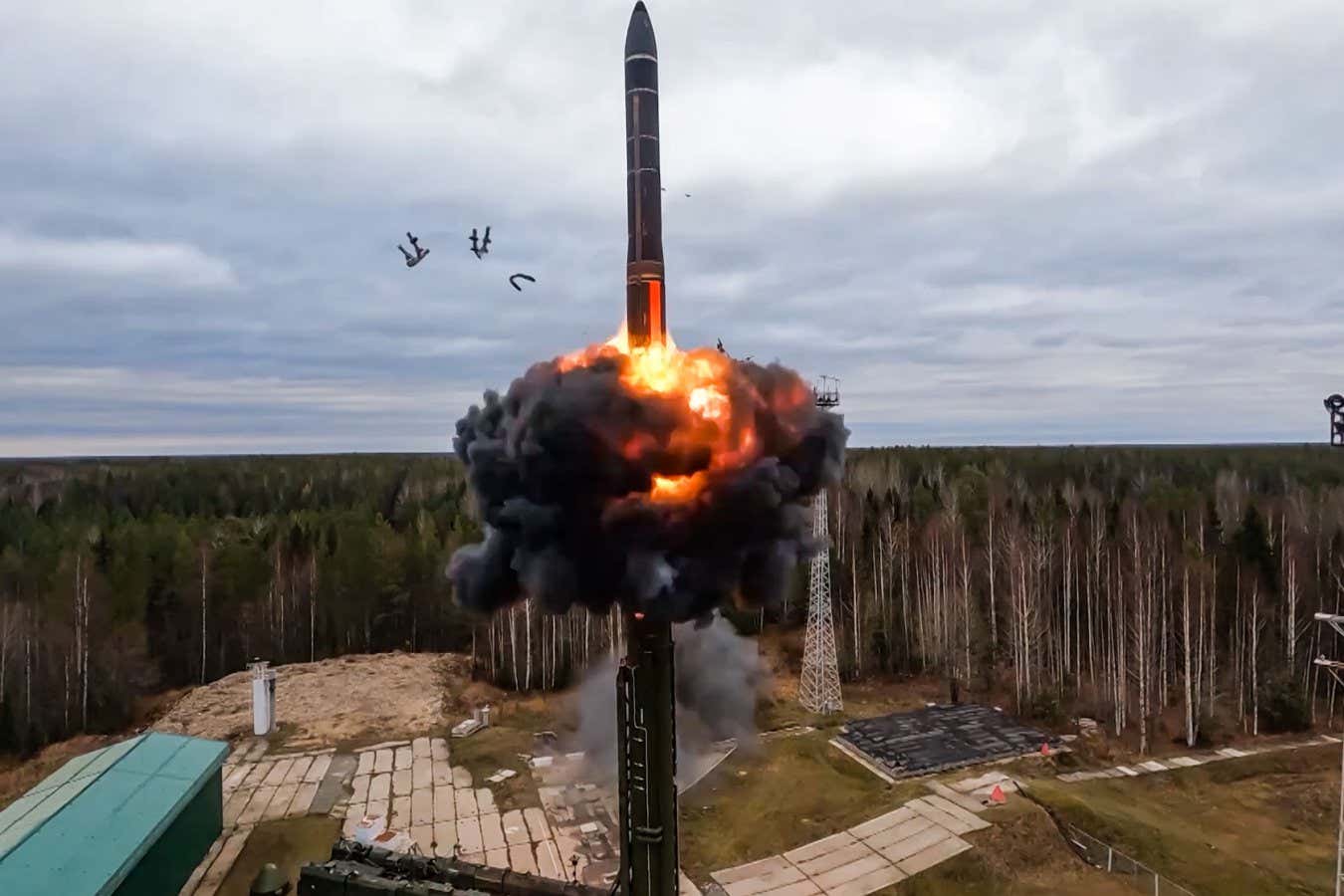Nuclear tensions have risen since the invasion of Ukraine, with Russia and other nuclear-armed powers reportedly updating long-disused weapon test sites in preparation for use once more. Now, Russian lawmakers have voted to begin the process of rolling back a treaty banning such tests. Are we about to see a return of the most destructive weapons in the world?
The Limited Test Ban Treaty signed in 1963 forbids atmospheric, underwater, or outer space testing of nuclear weapons, but allows underground trials. The Comprehensive Nuclear-Test-Ban Treaty (CTBT) in 1996 theoretically put a stop to all forms of testing, but it has not yet come into force as eight more nations need to take action. While 178 states have ratified the CTBT, China, Egypt, Iran, Israel, the US, India, Pakistan, and North Korea have either signed or not signed the agreement.
Despite the incomplete CTBT, nuclear test bans have been effective. Over 2,000 tests took place before its drafting, but since then, only India, Pakistan, and North Korea conducted tests, with North Korea being the only one in the 21st century.
Russia has recently shown signs of a potential return to testing. After ratifying the CTBT in 2000, the lower parliamentary house of Russia, the Duma, voted in favor of revoking its ratification. The decision was made due to the US’s failure to ratify the treaty and its “irresponsible attitude to global security issues.” Russia has also tested new nuclear delivery systems without live warheads. However, President Vladimir Putin has not explicitly stated whether testing is necessary.
All three major nuclear powers, including China, Russia, and the US, are reportedly preparing for tests. Expansion and modernization work have been observed in China’s test site, Russia’s Arctic Ocean archipelago test site, and the US test site in the Nevada desert. Despite these preparations, Andrew Futter, an expert at the University of Leicester, argues that there is no logical reason to test nuclear weapons at this stage. Most nuclear-armed states can use computer simulations to test new designs and collect data. Futter suggests that the desire to resume testing may stem from political rhetoric rather than a practical need.
While logic may suggest that testing should not resume, the reality may be different. It remains to be seen whether international tensions will escalate to the point where the resumption of nuclear weapons testing becomes a reality.
Topics:








